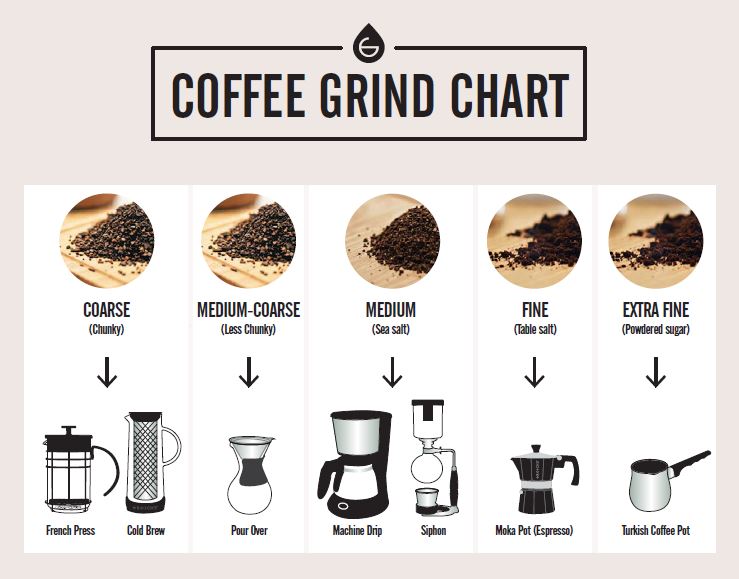What Grind is Best for Home Espressos?
When I first ventured into home espresso brewing, I quickly realized that perfecting your grind size is one of the most critical aspects of creating a great espresso shot. More than just owning a top-tier machine or selecting premium beans, it’s the grind that largely determines whether your espresso will be full of rich, complex flavors or fall short with sourness or bitterness. Over time, through plenty of experimentation, I’ve honed in on what works best for home espresso enthusiasts.
The Importance of Grind Size in Espresso
Espresso is unique in that it requires a fine grind to allow water to pass through the coffee grounds with the right pressure and speed. As water forces its way through the grounds, it extracts the coffee’s oils, flavors, and compounds. The size of the grind dictates how quickly or slowly the water flows through.
- Too coarse: The water will pass through too quickly, leading to under-extraction, which produces a weak, sour, and unbalanced shot.
- Too fine: The water struggles to pass through, resulting in over-extraction, causing a bitter and overly intense espresso.
My Preferred Espresso Grind
After much trial and error, I’ve found that the ideal grind for espresso should feel like fine sand. It shouldn’t be as powdery as flour but also not as gritty as table salt. To test it, I rub the grounds between my fingers. They should feel fine yet have a slight texture, allowing the water to flow through the coffee grounds at the correct pace without clogging or rushing.
To achieve this consistency, I highly recommend using a burr grinder. Burr grinders crush the beans evenly between two surfaces, which provides a uniform grind essential for espresso. Blade grinders, while cheaper, often produce inconsistent grind sizes that lead to unpredictable results and uneven extraction.

Adjusting the Grind for Your Espresso Machine
Not all espresso machines are the same, and each has its quirks. That’s why it’s crucial to adjust your grind size to match your specific machine.
- If your espresso pulls too quickly (under 20 seconds), your grind is likely too coarse.
- If it pulls too slowly (over 30 seconds), it’s probably too fine.
I aim for a shot time of 25 to 30 seconds with my machine. This sweet spot ensures a balanced extraction, capturing the rich flavors of the coffee. However, keep in mind that different beans may require slight grind adjustments. I often tweak the grind size when switching between light and dark roasts.
Maintaining Consistency in Your Espresso Shots
Consistency is key when brewing espresso, and while the grind size is paramount, there are other factors that help maintain that consistency.
- Fresh Beans: I always use beans roasted within two weeks. Freshly roasted beans yield the best flavor and a richer crema, making a significant difference in your shot.
- Tamping: Even tamping is crucial. I press down with just enough force to compress the coffee grounds, allowing water to flow evenly through the puck. Uneven tamping can lead to channeling, where water finds weak spots and flows unevenly, resulting in under-extraction.
- Weighing Your Coffee: I use a coffee scale to measure the coffee dose for consistency. For a double shot, I typically use 18-20 grams of coffee.
Experimenting with Grind Sizes
While a fine grind is standard for espresso, I’ve found that adjusting the grind size slightly can fine-tune the shot to personal taste. For example:
- Finer grinds tend to create a fuller-bodied shot with a slightly bitter finish.
- Coarser grinds highlight more acidity and offer a brighter, lighter flavor.
For light roasts, I often adjust the grind to be slightly coarser to enhance the bean’s bright, fruity notes. With darker roasts, I use a finer grind to emphasize their rich, chocolatey flavors.
Common Pitfalls to Avoid
Over time, I’ve learned to steer clear of certain mistakes that can spoil an espresso shot:
- Grinding too early: I always grind the coffee just before brewing. Coffee loses its freshness quickly once ground, so grinding immediately before use ensures the best flavor.
- Neglecting the grinder: Regularly cleaning the grinder prevents old coffee grounds and oils from contaminating the fresh beans, which can alter the taste. Burr grinders, in particular, need frequent cleaning to ensure consistent results.
- Ignoring the roast date: Always check the roast date when buying coffee. Beans are at their best within 1-2 weeks of roasting, and even with a perfect grind, older beans won’t deliver the same vibrant flavors.

Conclusion: The Journey to Mastering Espresso
Mastering the grind for espresso at home can feel challenging at first, but with practice, it becomes second nature. Crafting the perfect espresso shot is about more than just the machine—it’s about selecting the right beans, achieving the perfect grind, and paying attention to every detail.
Now, after plenty of practice, I can confidently brew espresso shots that rival those from my favorite coffee shops. It’s incredibly rewarding to know that with the right grind and method, you can enjoy café-quality coffee from the comfort of your own kitchen.
For anyone just starting, my advice is simple: embrace the process. Don’t be afraid to experiment, adjust, and learn from each shot. Once you find the grind size and technique that work for you, you’ll be able to pull rich, balanced shots consistently. With time and practice, you’ll soon be making barista-quality espresso at home!
